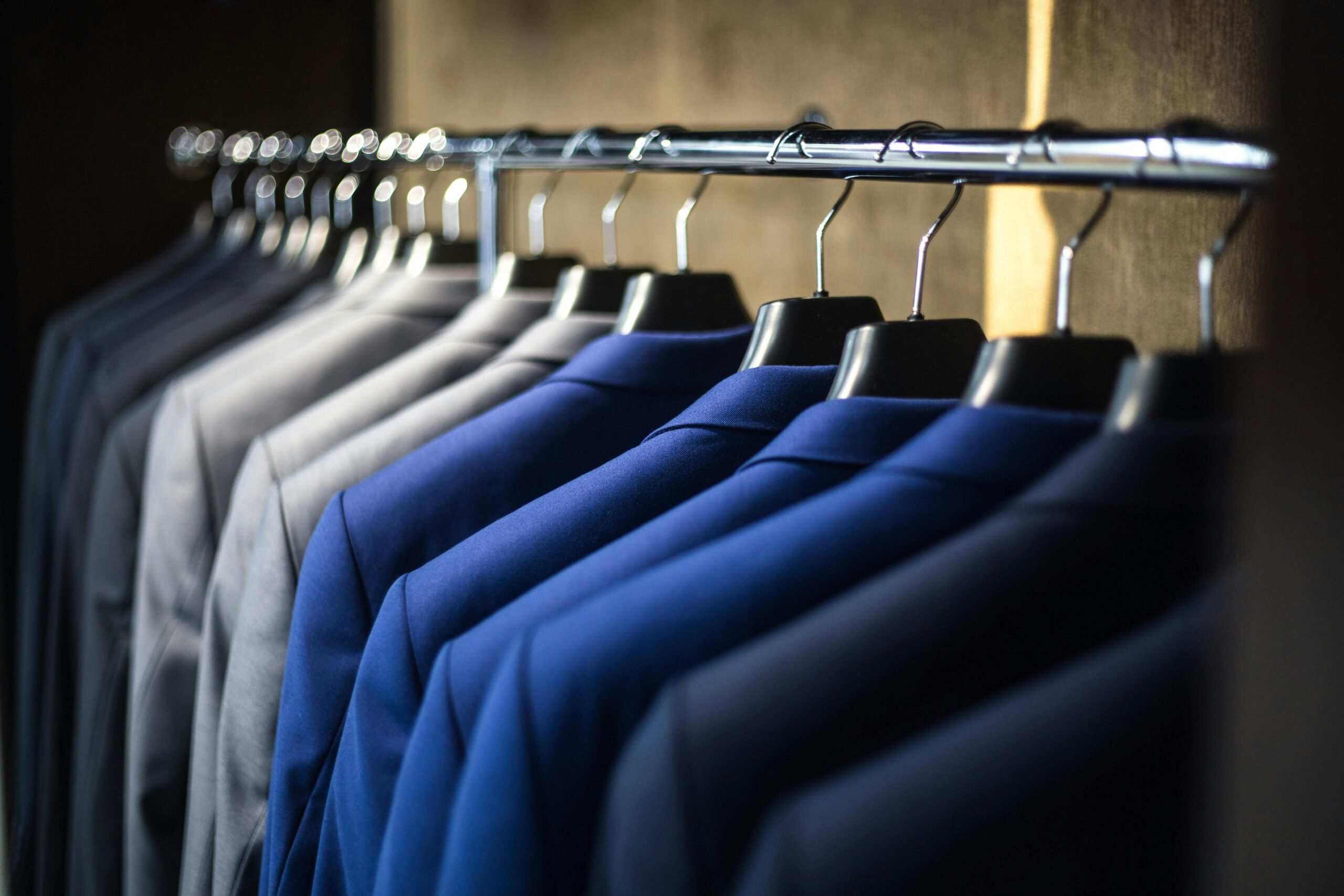Your closet is more than just clothes—it’s a reflection of your values, lifestyle, and choices. But in a world where trends change faster than the seasons, how do you decide where to invest your hard-earned money? Let’s dive into the heart of the luxury vs. fast fashion debate, unpacking what truly matters for your wallet, your style, and the planet.
Introduction: The Battle of the Wardrobe
Picture this: You’re standing in a fast-fashion store, surrounded by racks of trendy $20 dresses and “buy one, get one” deals. A week later, you’re eyeing a $2,000 designer handbag online, wondering if it’s actually worth the price. Sound familiar?
The fashion industry is a $1.7 trillion global machine, but not all threads are spun equally. Luxury brands promise timeless quality and exclusivity, while fast fashion offers instant gratification at bargain prices. But beneath the glitter and the discounts lies a complex web of ethics, economics, and environmental impact.
This blog isn’t about telling you what to buy. Instead, we’ll explore the hidden costs, long-term value, and personal priorities that determine whether luxury or fast fashion deserves a spot in your budget—and your conscience.
Part 1: Understanding the Two Worlds
1.1 What Defines Luxury Fashion?
Luxury fashion isn’t just about price tags—it’s a mindset. Brands like Chanel, Hermès, and Prada build their reputations on:
- Craftsmanship: Hand-stitched seams, premium materials (think Italian leather or Japanese silk), and meticulous attention to detail.
- Heritage: Many houses have histories spanning centuries, with stories woven into every design.
- Exclusivity: Limited production runs and iconic designs that resist fleeting trends.
- Status: Owning a luxury piece often signals success, taste, or membership in an aspirational club.
But does a higher price always mean better quality? Not necessarily. Some luxury brands have faced criticism for outsourcing labor or using synthetic materials. The key is research.
1.2 The Rise of Fast Fashion
Fast fashion giants like Zara, H&M, and Shein dominate the market by:
- Speed: Turning runway trends into $15 tops in under three weeks.
- Affordability: Democratizing fashion for budget-conscious shoppers.
- Volume: Releasing thousands of new styles weekly to fuel the “wear once” culture.
But this convenience comes at a cost. Fast fashion relies on cheap labor, synthetic fabrics (like polyester, which sheds microplastics), and a business model built on overconsumption.
Part 2: The Real Cost Breakdown
2.1 Price vs. Cost Per Wear
A $30 dress might seem like a steal—until it pills, fades, or unravels after three washes. Meanwhile, a $500 wool coat could last a decade.
Cost per wear (CPW) is a game-changer. Calculate it as:
CPW = Total Cost ÷ Number of Times Worn
Example:
- Fast Fashion Dress: $30 ÷ 5 wears = $6 per wear
- Luxury Coat: $500 ÷ 100 wears = $5 per wear
Suddenly, the “cheap” dress is more expensive in the long run.
2.2 Environmental Impact
- Fast Fashion: Produces 10% of global carbon emissions and 20% of wastewater (UNEP). Polyester garments take 200+ years to decompose.
- Luxury Fashion: While still resource-intensive, brands like Stella McCartney and Gucci are pioneering sustainability with recycled materials and carbon-neutral initiatives.
2.3 Ethical Labor Practices
- Fast Fashion: Garment workers in countries like Bangladesh earn as little as $3/day (Clean Clothes Campaign).
- Luxury: Many brands maintain artisanal workshops in Europe with fair wages, but transparency gaps remain.
Part 3: When to Splurge vs. Save
3.1 Invest in Luxury When…
- You’re Buying Staples: A tailored blazer, leather handbag, or classic trench coat will outlive trends.
- Quality Matters: Look for natural fabrics (cashmere, cotton, silk) and sturdy construction.
- You Value Heritage: Luxury pieces often become heirlooms or retain resale value.
Pro Tip: Secondhand luxury sites like The RealReal or Vestiaire Collective offer authenticated pieces at 30–70% off retail.
3.2 Choose Fast Fashion When…
- You’re Experimenting: Trying a bold print or micro-trend? Opt for a budget version.
- Kids’ Clothing: Children outgrow clothes quickly—durability matters less here.
- Occasionwear: A $50 party dress worn once beats a $500 one gathering dust.
But: Prioritize brands with sustainability pledges, like H&M’s Conscious Collection or Pact’s organic basics.
Part 4: The Human Factor
4.1 The Psychology of Shopping
Fast fashion taps into our dopamine-driven “haul culture,” where the thrill of newness overshadows longevity. Luxury, meanwhile, plays on aspiration and identity. Ask yourself:
- Am I buying this for Instagram or for myself?
- Will I still love this in a year?
4.2 Building a Intentional Wardrobe
- The 30-Wear Rule: Pledge to only buy items you’ll wear at least 30 times.
- Mindful Mending: Repairing clothes (even fast fashion) extends their life and reduces waste.
- Rentals: For one-off events, platforms like Rent the Runway offer designer outfits for a fraction of the cost.
Part 5: The Verdict
There’s no one-size-fits-all answer. Your choice depends on:
- Budget: Can you afford upfront costs for long-term savings?
- Values: Do ethics and sustainability outweigh convenience?
- Lifestyle: Are you a trend-chaser or a minimalist?
The Sweet Spot: Blend both worlds. Invest in luxury essentials and use fast fashion for trendy accents.
Conclusion: Fashion with Integrity
Whether you’re splurging on a Gucci belt or thrifting a Zara dress, the most valuable wardrobe is one you love and respect. By prioritizing quality, sustainability, and mindful consumption, you’ll save money, reduce waste, and curate a closet that truly reflects who you are.
Final Thought: Fashion isn’t just about what you wear—it’s about the story you tell. Make yours one of intention.
FAQ Section
Q: Is fast fashion always unethical?
A: Not necessarily. Brands like Patagonia and Everlane prioritize transparency. Research before buying!
Q: Can luxury fashion be sustainable?
A: Yes! Look for brands using eco-friendly materials or circular practices (e.g., Burberry’s ReBurberry Edit).
Q: How do I spot quality in clothing?
A: Check seams (tight stitching), fabric composition (natural fibers), and hardware (zippers, buttons).
Q: What’s “slow fashion”?
A: A movement focused on ethical production, timeless designs, and fair wages. Think Eileen Fisher or Reformation.





